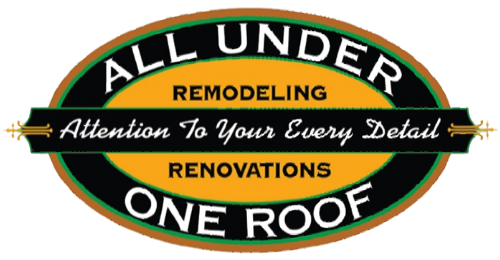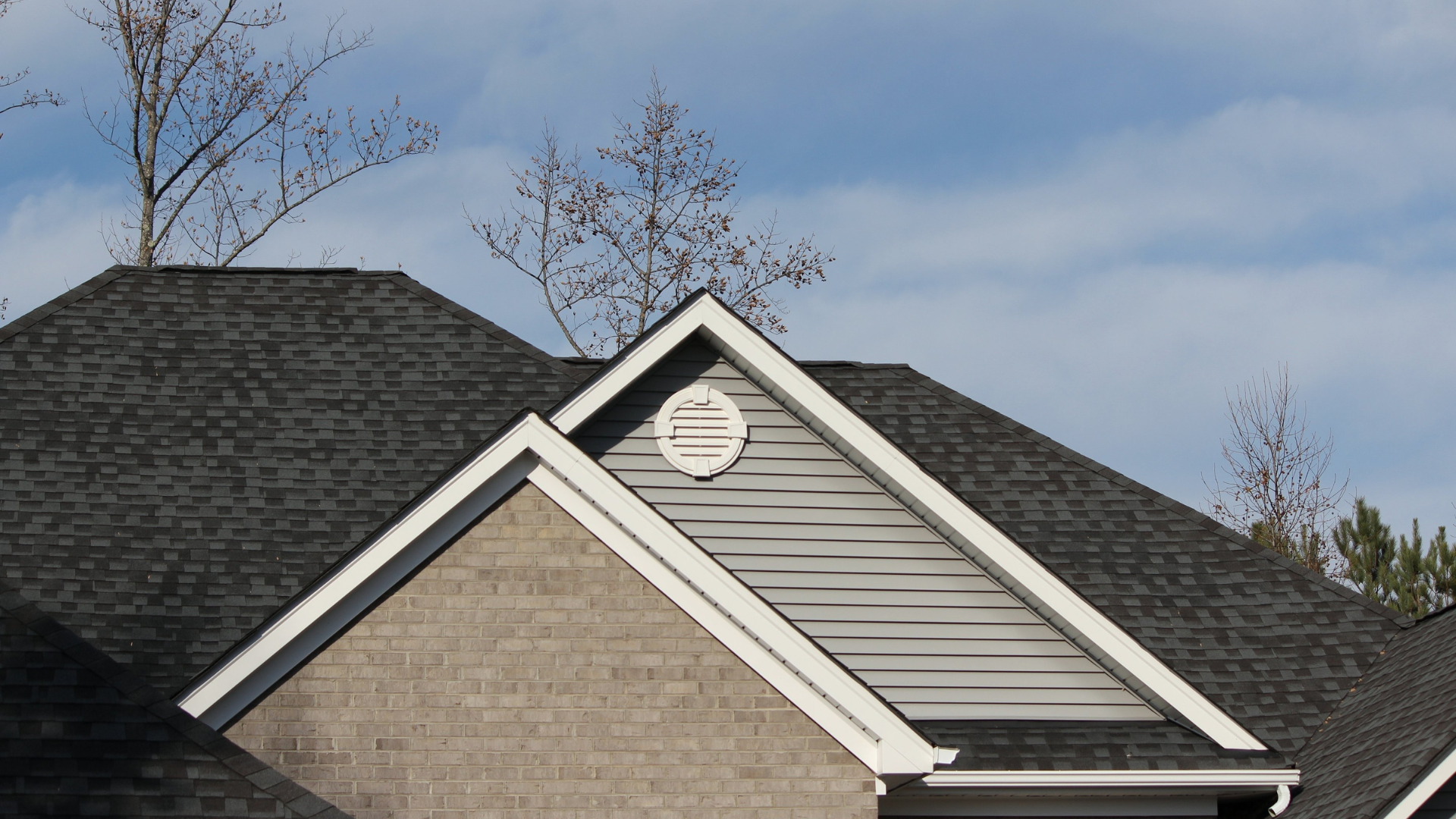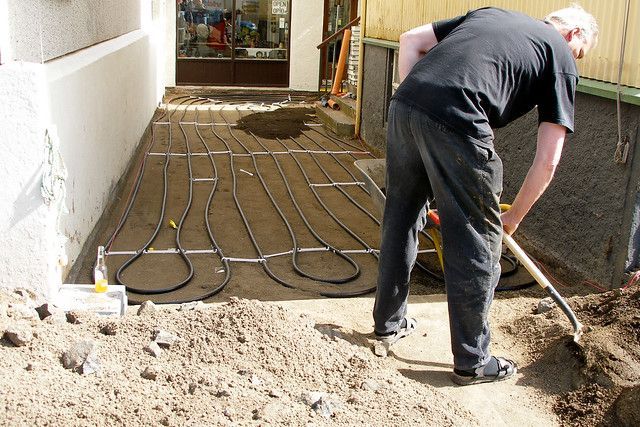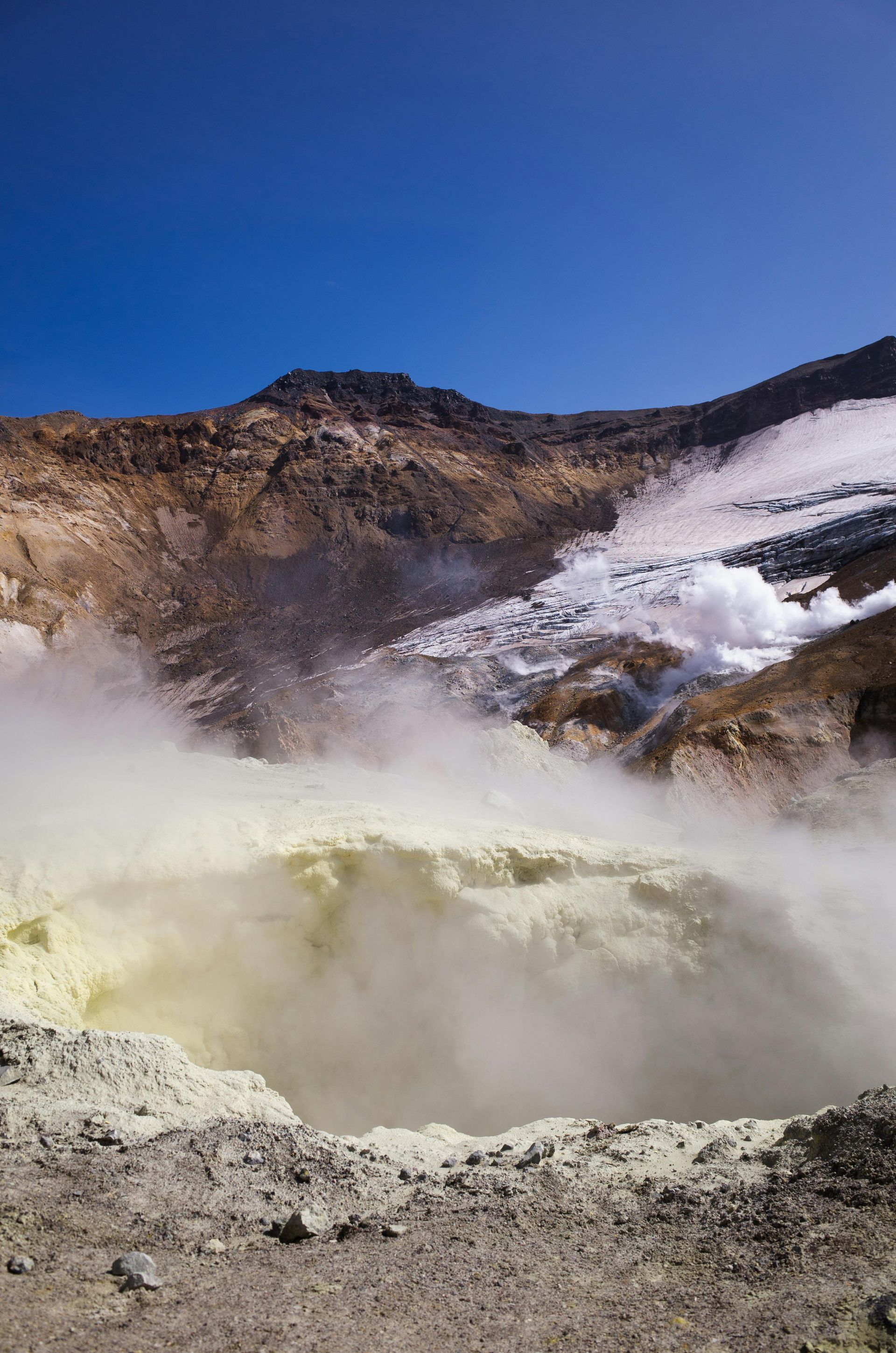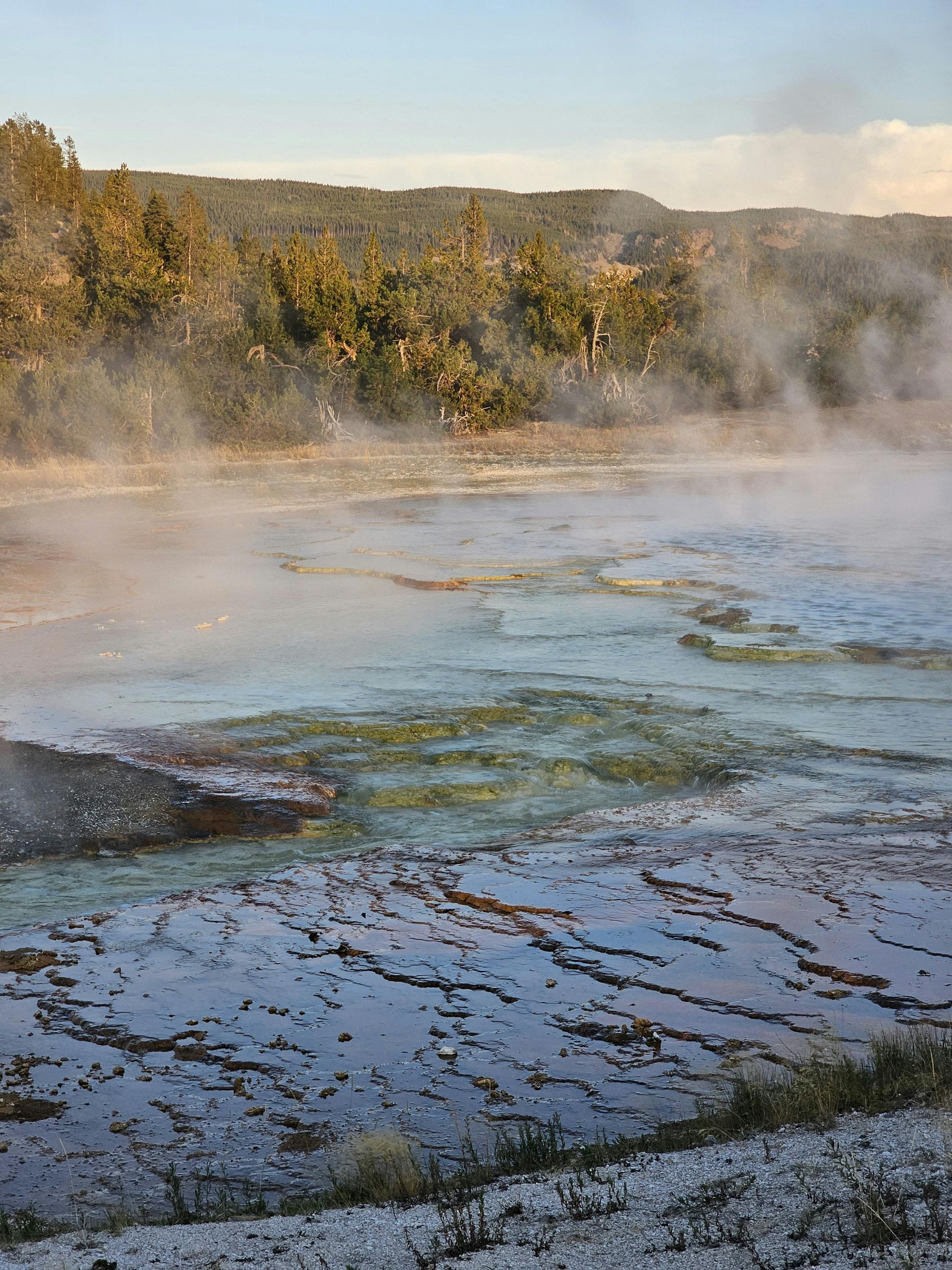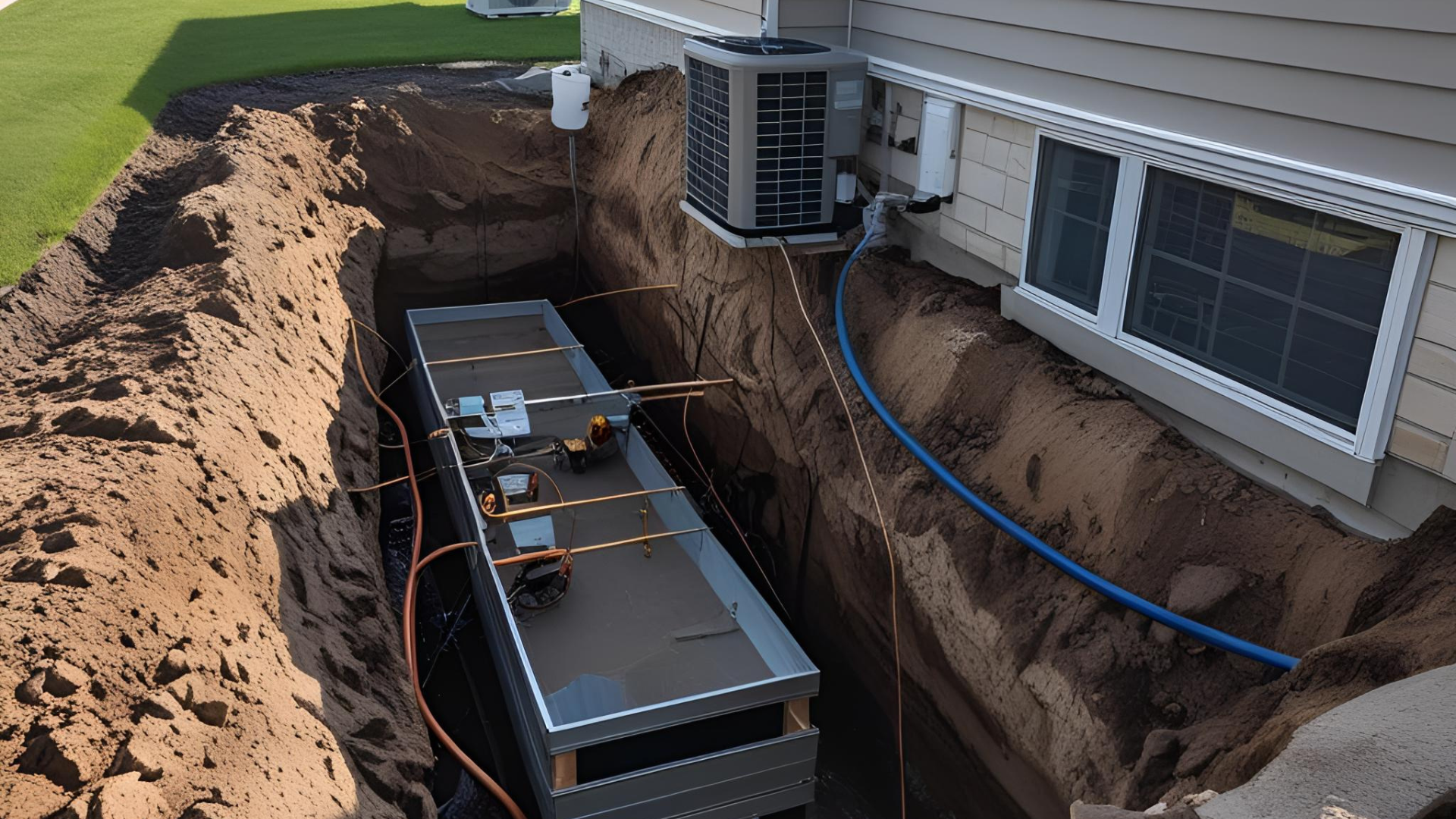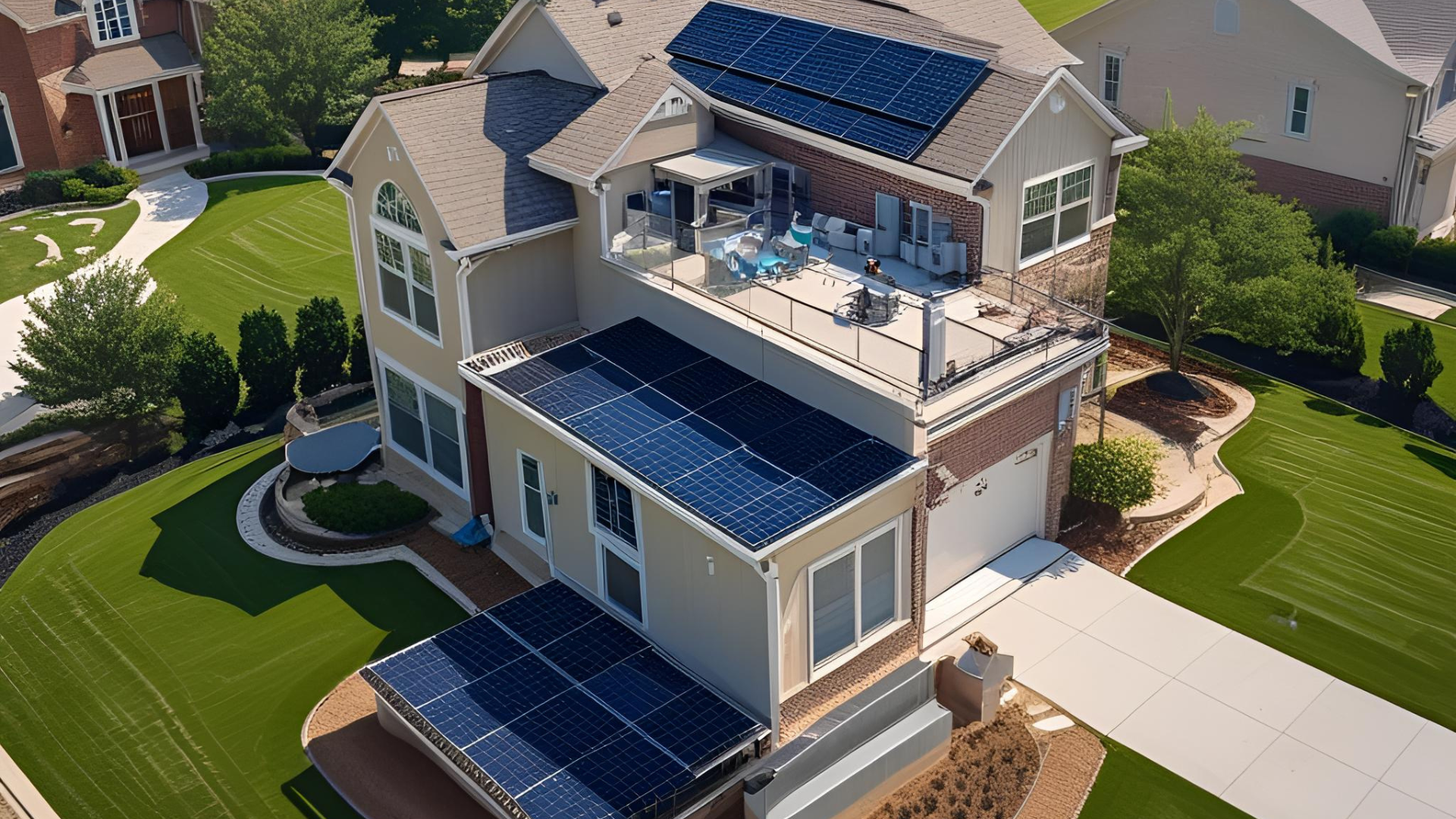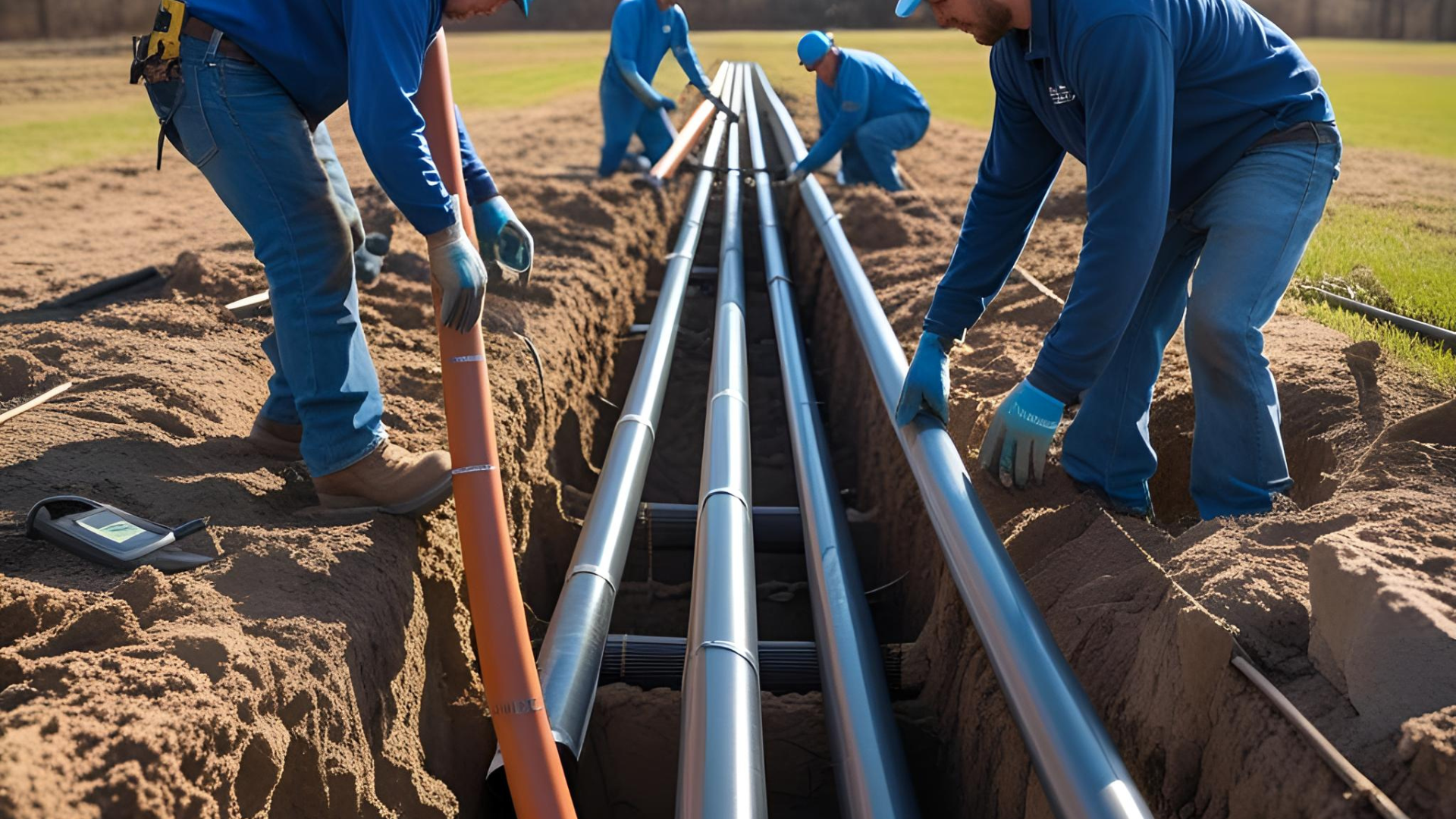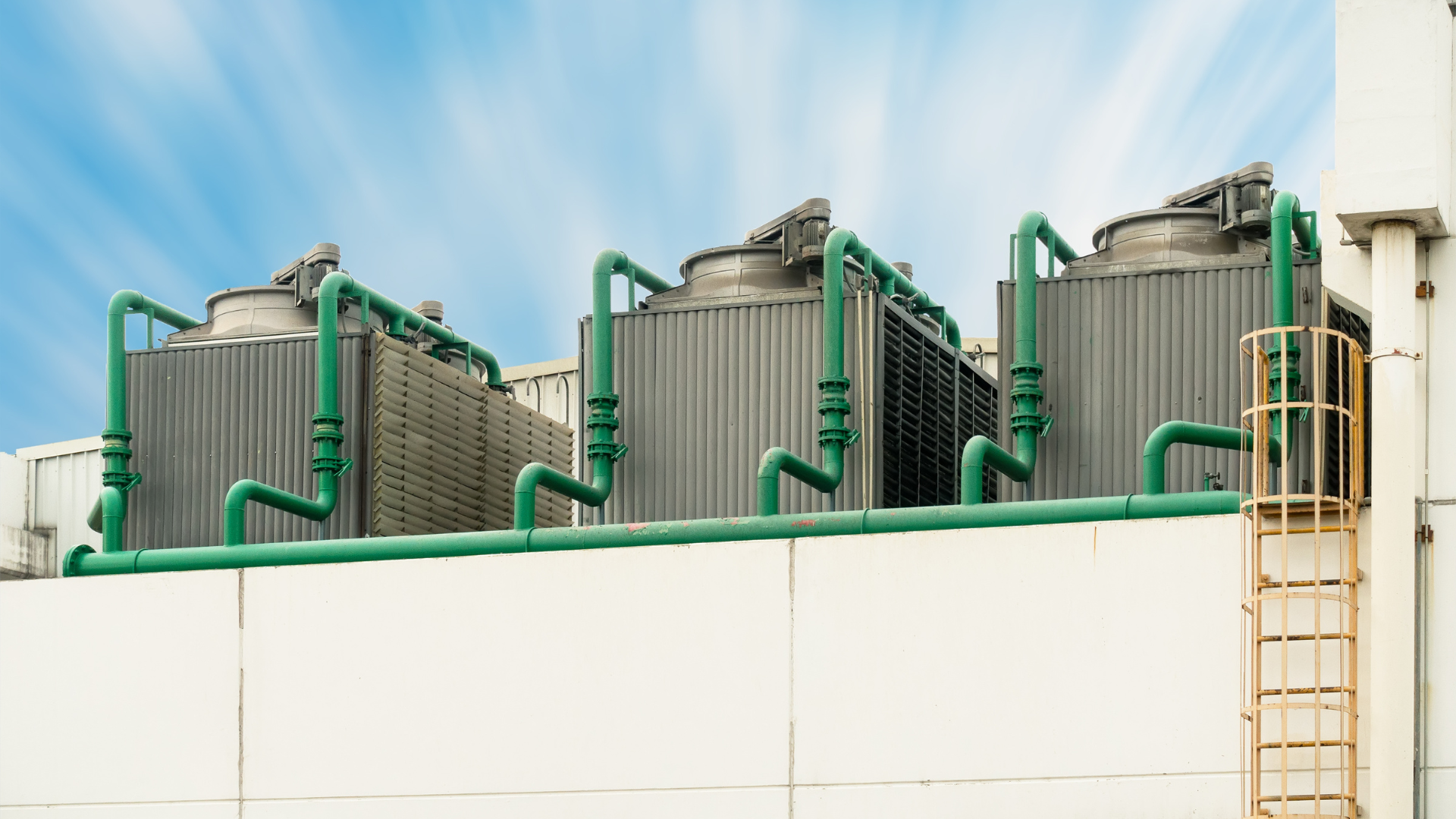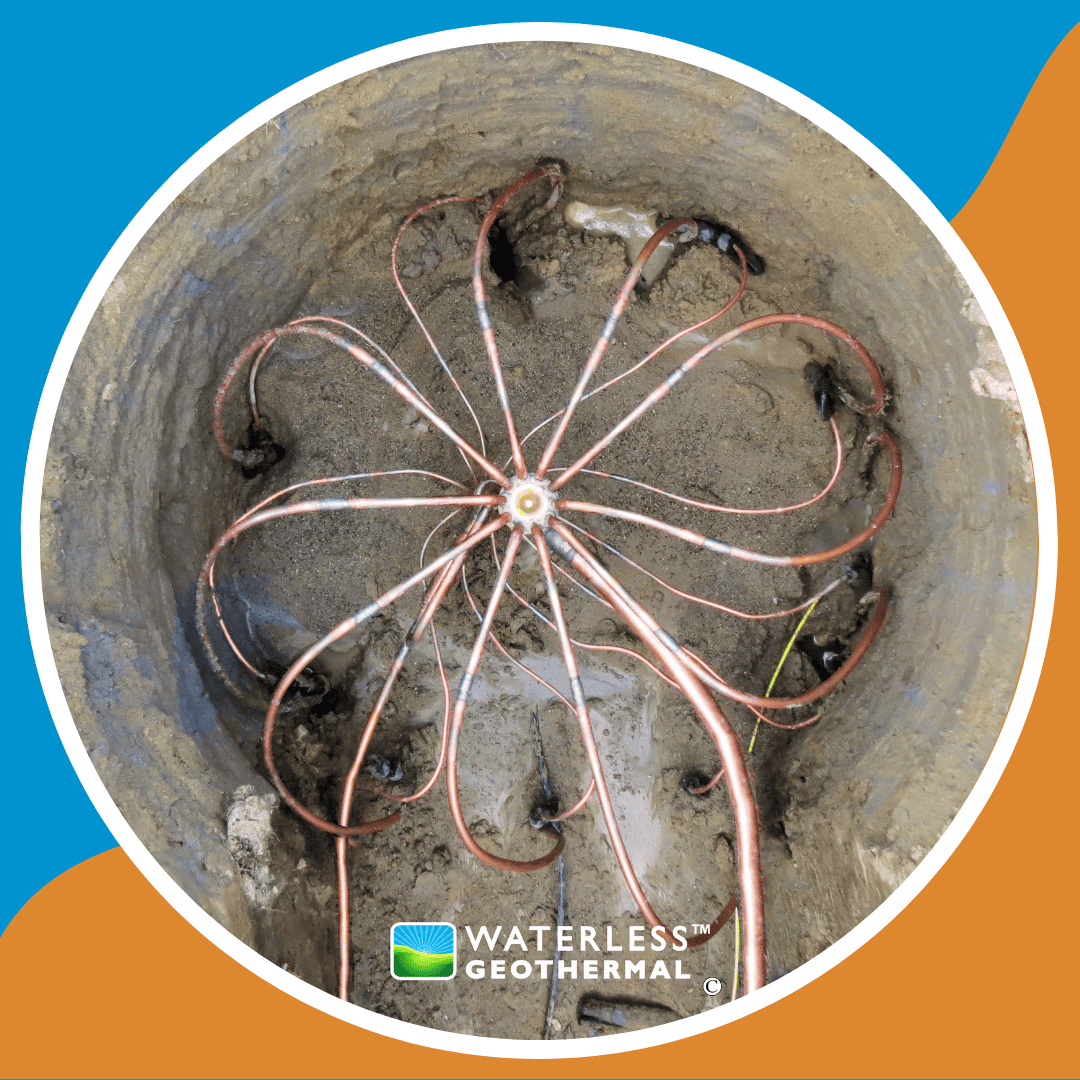Is a "Waterless" Geothermal System Right for Your Kansas City Home? An Efficiency Deep Dive
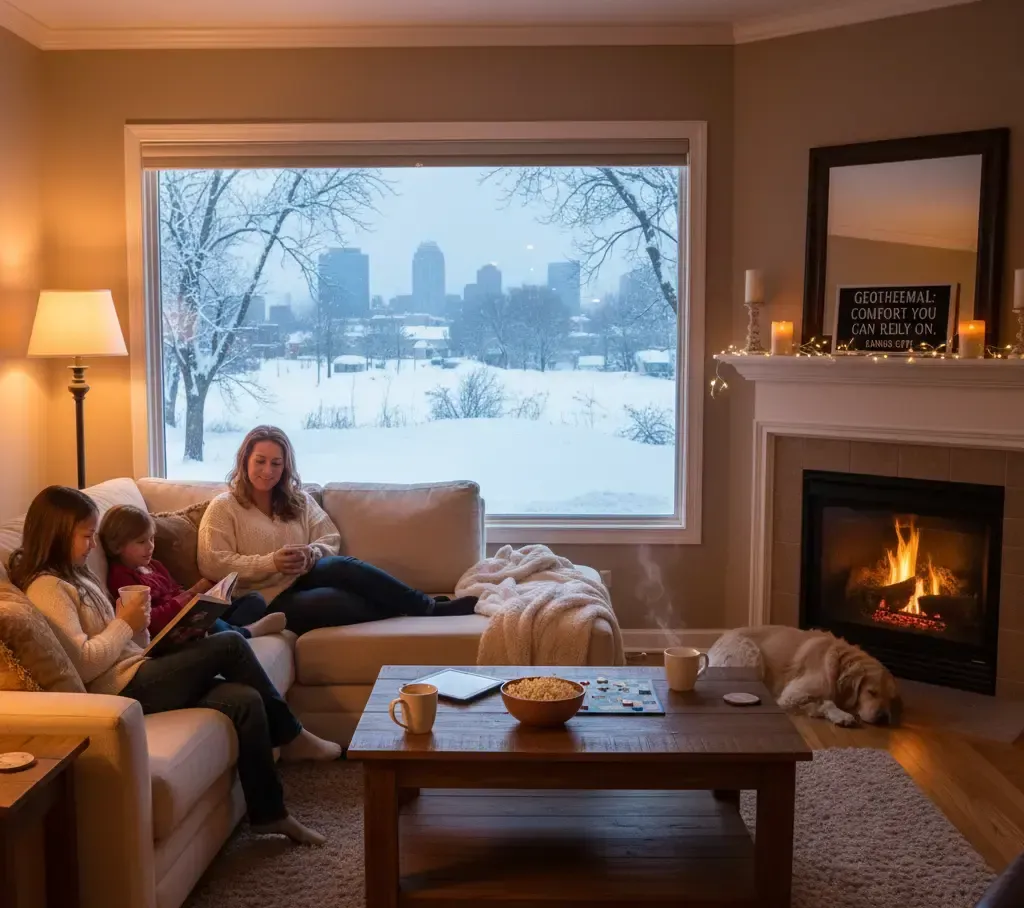
Kansas City summers bring sticky humidity that makes your AC work overtime. Winters hit with cold snaps that push furnaces to the limit. Traditional HVAC systems struggle with these swings, leading to high bills and uneven comfort. A waterless geothermal system offers a better way. It pulls steady heat from the ground year-round. This direct exchange setup uses refrigerant lines buried in the earth. No water or antifreeze loops needed. It skips the pumps and fluids that other geothermal types rely on.
This article looks at direct exchange geothermal for Kansas City homes. We cover how it works, local soil fit, costs, and performance. You get facts to see if it's right for your property. Think about your yard space and energy goals. Many KC homeowners save big over time with this tech.
Understanding Direct Exchange Geothermal Technology
Direct exchange geothermal systems tap the earth's stable temperature. Copper or steel pipes carry refrigerant underground. This fluid absorbs heat in winter and releases it in summer. The process stays simple. No water means less risk of leaks or freezing. These systems run quietly indoors with a small handler unit.
Efficiency comes from direct contact with the ground. Traditional setups use water to move heat. Direct exchange cuts steps. That boosts output. Homeowners notice lower energy use right away.
Closed-Loop vs. Open-Loop (The Waterless Distinction)
Closed-loop systems recycle fluid in a sealed path. Direct exchange is a type of closed-loop. It uses refrigerant only. Open-loop pulls water from wells or ponds. That water goes through the system then back out.
Open-loop faces issues in Kansas City. Local rules limit well use in suburbs. Aquifers may not suit every lot. Contamination risks add hurdles. Direct exchange avoids these problems. It works on most properties without tapping water sources.
Closed-loop with water needs bigger pumps. They raise energy costs. Waterless versions run smoother. You get reliable heat without seasonal worries.
The Role of Refrigerant in Heat Transfer
Refrigerant picks up ground heat fast. It changes state from liquid to gas easily. This cycle moves energy with little loss. Modern types like R-410A work well in direct exchange.
These systems hit high SEER ratings over 20. EER scores top 15. Compare that to air-source heat pumps at 14 SEER. You save on cooling in humid KC air. The ground stays around 55 degrees. That steady source beats outdoor air shifts.
Refrigerant lines stay compact. They fit tight spaces better than water pipes. Efficiency holds up for decades.
Installation Requirements: Ground Loops and Space Considerations
Loops go horizontal or vertical. Horizontal needs a long trench in the yard. Bury pipes four to six feet deep. Vertical drills down 100 to 400 feet per bore.
Older KC neighborhoods have small lots. Horizontal may not fit. Vertical works but costs more. Check your yard first. Trees and fences limit options.
Pros handle the layout. They match loop size to your home's needs. A 2,000-square-foot house might need 500 feet of pipe. Space matters for waterless geothermal success.
Soil Suitability and Geological Factors in the Kansas City Area
Kansas City sits on varied ground. Clay soils hold heat well. Limestone layers speed transfer. These traits help direct exchange systems. Poor soil slows heat flow. That raises costs.
Local geology surveys show good potential. The Missouri Geological Survey notes stable subsurface temps. Kansas side has similar rock bases. Test your site for best results.
Soil type affects loop length. Clay needs shorter runs. That cuts digging expenses.
Evaluating KC Soil Composition for Thermal Conductivity
Clay dominates many KC yards. It conducts heat at 0.8 to 1.2 Btu/hr-ft-°F. Limestone hits 1.5 or higher. Both beat sand's low rate.
High conductivity means faster heat swap. Your system runs shorter cycles. That saves power. Wet clay performs best. KC's rainfall keeps soil moist.
Get a soil test from local pros. It checks moisture and rock content. This step ensures waterless geothermal fits your lot.
Depth Requirements and Subsurface Obstacles
Vertical loops reach bedrock at 20 to 50 feet in parts of KC. Drills must avoid it. Utility lines hide underground too. Marks from 811 service help.
Shallow depths work in open areas. Deeper bores suit rocky spots. Each hole costs $15 to $25 per foot. Plan for surprises.
Horizontal skips deep digs. But frost lines require four feet down. Balance depth with your budget.
The Impact of Urban Density on Loop Spacing
Tight neighborhoods limit horizontal space. Loops need six feet between trenches. That fits big yards best.
Vertical drilling shines in dense areas. One bore per ton of capacity. A three-ton system uses three holes. It saves surface space.
HOA rules in places like Leawood check aesthetics. No big trenches mean less hassle. Vertical keeps your yard intact.
Cost Analysis: Initial Investment vs. Long-Term Savings in KC
Upfront costs for direct exchange run $20,000 to $35,000. That's for a 2,000-square-foot home. Air-source heat pumps cost $5,000 to $10,000. Furnaces add $3,000 more.
Tax breaks lower the hit. The Inflation Reduction Act gives 30% credit up to $2,000. Missouri rebates add $500. Kansas offers similar aid.
Financing spreads payments. Many banks cover geothermal loans at low rates. Payback comes in 5 to 10 years.
Upfront Installation Costs and Financing Options
Direct exchange installs average $25 per square foot. Vertical loops push it to $30. Horizontal saves at $20.
Compare to gas furnaces. They cost less now but burn more fuel later. Geothermal skips fuel volatility.
Loans from EverGreen or local credit unions fit. Terms run 10 to 15 years. Zero-interest options exist through utilities like Spire.
Operational Savings: Lowering Missouri Energy Bills
KC electric rates hit 12 cents per kWh. Gas runs $1.20 per therm. Geothermal cuts use by 50 to 70%.
A typical home saves $1,000 yearly. Winters without gas bills help most. ROI hits in seven years for many.
Track your usage first. High bills make waterless systems pay off fast.
Maintenance Differences and Longevity Expectations
Waterless setups need little care. No fluid changes or pump fixes. Clean filters twice a year.
Ground loops last 50 years. Indoor units hit 25. Standard ACs fail at 15.
Fewer parts mean lower repair bills. One checkup yearly keeps it running.
Performance and Comfort Advantages in Variable Kansas City Climate
Geothermal holds steady temps. It fights 90-degree humid days and zero-degree nights. No big swings indoors.
Systems zone heat and cool. You control rooms easy. Comfort stays even.
Superior Dehumidification During Humid Summers
Standard ACs cool but leave air damp. Geothermal removes moisture better. It runs longer at low speeds.
Indoor humidity drops to 50%. That feels drier. Mold risks fall too.
KC's muggy air tests systems. Waterless ones win with steady pull.
Consistent Heating Performance Through Deep Freezes
Air pumps falter below 30 degrees. They use backup heat. Geothermal pulls from ground at full power.
Even at -10, output stays high. No aux electric strips needed. Bills don't spike.
January chills in KC prove the point. Reliable warmth without waste.
Noise Reduction and Property Aesthetics
No outdoor fans mean silence. Indoor units hum soft. Neighbors won't hear it.
Yards stay clean. No big boxes like traditional condensers. Fits HOA looks.
Enjoy quiet nights. The tech hides underground.
Actionable Steps: Determining Your Home’s Waterless Geothermal Readiness
Start with your goals. Long-term stay? High bills? Then check fit.
Local installers guide you. Free consults build a plan.
Steps for Conducting a Site Assessment
- Review your property survey. Note yard size and slopes.
- Call 811 for utility locates. Avoid surprises.
- Measure open space. See if horizontal fits.
- Test soil moisture. Use a simple probe kit.
- Check for easements. They block digging spots.
Do this in spring. Ground thaws for easy work.
Obtaining Certified Local Geothermal Quotes
Seek IGSHPA certified pros. They know direct exchange.
Get three bids. Compare loop designs.
Local firms like in Overland Park specialize. Ask for KC project refs.
Key Questions to Ask Prospective Installers
- What soil tests do you run for conductivity?
- How do you size the loop field?
- What warranty covers underground pipes?
- Can you model my energy savings?
- Any local permits needed?
Write answers down. Pick the clear expert.
Is Direct Exchange Geothermal the Future for Kansas City Comfort?
Direct exchange geothermal trades high start costs for big gains. It fits KC's soil and climate well. Savings and comfort last decades.
Soil conductivity and space decide fit. Test your site early.
For long-term KC owners, this waterless option shines. It cuts bills and boosts home value. Cut energy use today.
Contact a pro for your quote. Your home deserves steady comfort.

